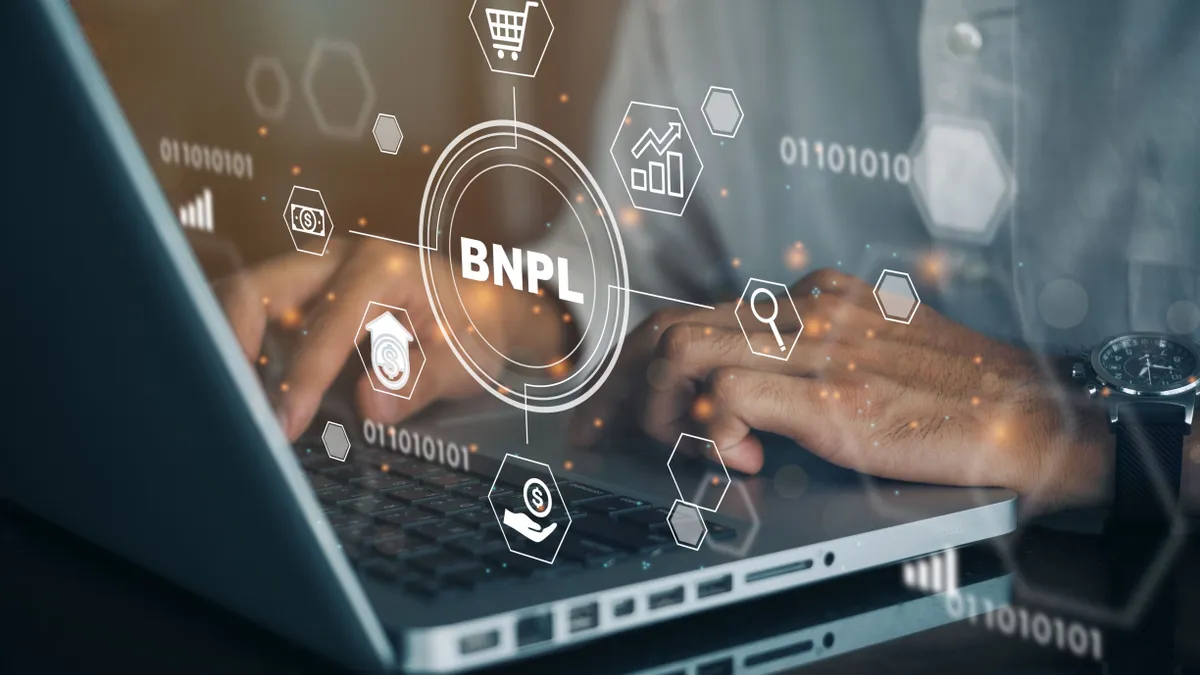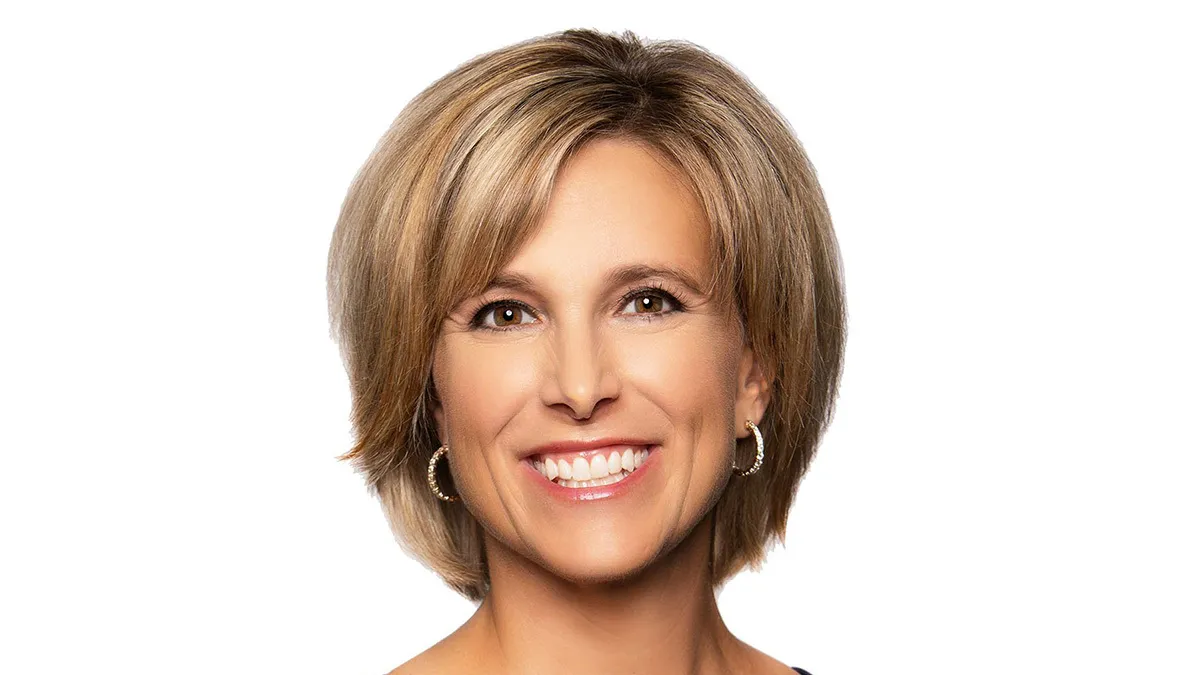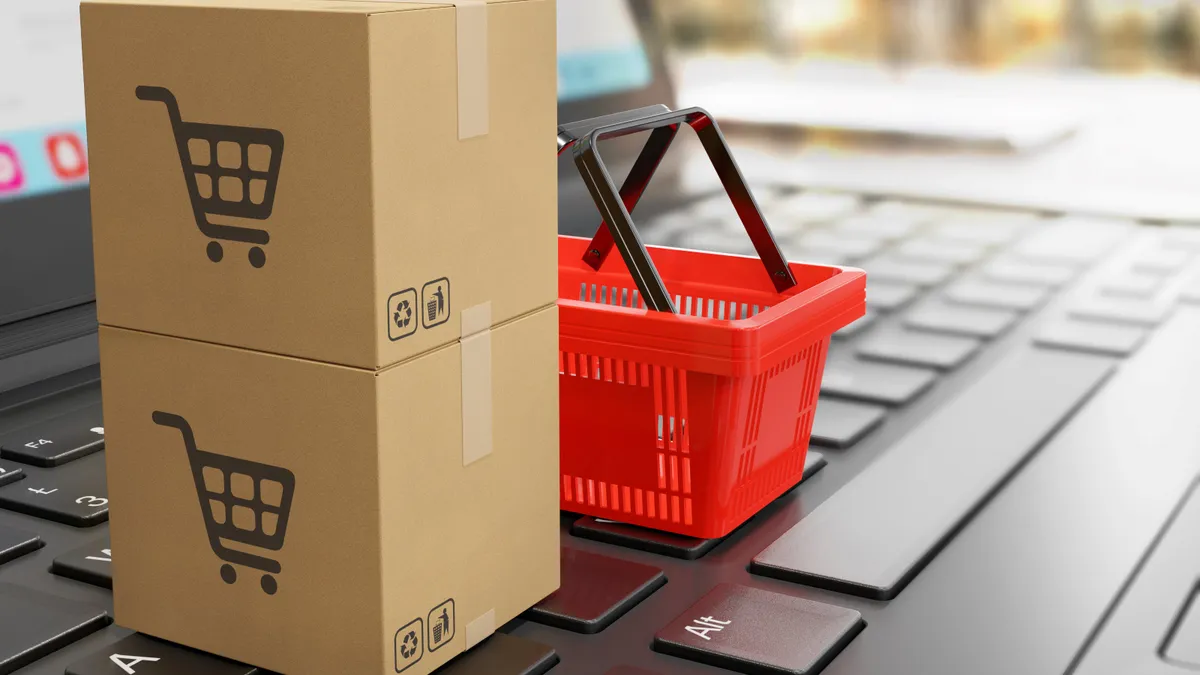Buy now-pay later has taken the retail world by storm. Now, the installment payments option is gaining traction elsewhere, including for healthcare, legal and auto repair expenses.
In retail, BNPL popularity shows no sign of slowing; it's expected to be the fastest-growing e-commerce payment method through 2025 in the U.S. and Canada. Now, a crop of companies sees a business opportunity in bringing the popular installments concept — which lets consumers make interest-free or low-interest payments over time — to service industries.
In this third edition of our CEOs Sound Off series, we interviewed three CEOs of companies bringing installment payments to bear on consumer spending for healthcare, auto repair and legal services.
San Francisco fintech PayZen uses the tag line “Care now, pay later” in offering its financing services exclusively to the healthcare market. It's adding dozens of hospitals to its customer base each quarter. Opy, a U.S. subsidiary of Australian payments fintech Openpay that started this year, offers buy now-pay later loans for sectors such as veterinary, dental and auto repair. Austin, Texas-based AffiniPay, which facilitates digital payments for professional services, launched buy now-pay later services for legal expenses via the provider Affirm last month.
Below are insights from PayZen CEO Itzik Cohen; AffiniPay CEO Dru Armstrong; and Opy CEO Brian Shniderman on what kind of consumer reception the buy now-pay later approach is receiving in those new arenas.
Why has buy now-pay later resonated with consumers worldwide?
PAYZEN CEO ITZIK COHEN: Buy now-pay later brought, essentially, a much better user experience. The checkout process for e-commerce was fully integrated with financing options, so it was a much easier way of transacting. Another very important thing brought by BNPL was transparency. They’re very transparent about fees, interest rates, potential promotional rates. That’s what people are looking for: convenience and transparency. We see similar things in healthcare, which has its own bag of problems when it comes to payments.
AFFINIPAY CEO DRU ARMSTRONG: A lot of the younger demographic see it as an alternate to the credit card. The ability to pay in installments with zero percent interest rates was really attractive. You can see it in the generational shifts in terms of preferences. Part of what we’re navigating, across all industries, is the shift from analog to digital payment methods. Different financing options, different payment cadences is really attractive.
OPY CEO BRIAN SHNIDERMAN: Being able to walk away with a product, and either get access to instant credit at the point of sale or potentially being able to avoid using other forms of credit, was the most basic value proposition that resonated with people…it started in other countries, and the U.S. is catching on only in the last few years.
Why do you think this approach to financing will work in a non-retail arena like yours?
COHEN: I don’t think e-commerce is the only place that buy now-pay later, or finance options, make sense. If anything is the big market, it’s healthcare, not because of the size of the market, but the size of the problem. The way health plans are being structured right now, there is a growing portion of payment responsibility to the patient. Those types of expenses are unbudgeted and unplanned. People don’t expect to get sick, and then they go to the doctor and they’ll be stuck with a $2,000 bill. The need for an affordable way to break down these payments is acute.
ARMSTRONG: Our view was that we can help close the invoice gap for our clients. We know that attorneys, on average, only collect about 75% of what they invoice, and they were using solutions like manual payment plans to try to collect for the work that they were doing. When you have the intersection between a consumer trend – how they prefer to pay their bills, like we’re seeing with BNPL – and the ability to solve a very specific pain point that our industry faces – being able to collect on invoices and having limited solutions to be able to do that – that’s where we feel like there’s an opportunity to innovate.
SHNIDERMAN: There were others doing lots of things for small-ticket retail – T-shirts, tennis shoes, that sort of thing – which is very attractive to a younger demographic. There was a big gap, largely with respect to merchants in larger ticket categories: healthcare, education, home improvement, auto service and repair…Physicians, dentists, periodontists – they don’t want to carry these [loans] on their books anymore. They don’t want to be in the business of having to call and trying to collect money from their patients. A lot of [patients] wouldn’t even get a loan from the provider. In our case, we’re able to do it at larger scale, so we can actually offer more loans to more people in more credit scores. Now the merchant gets paid right away. That’s incredibly powerful for their working capital.
How do you keep the appeal of BNPL that's worked with consumer goods, but apply it to a service like yours?
COHEN: Honestly, we’re not talking about buy now-pay later when we approach medical providers and offer this payment option. We’re talking about affordability. This is the key word that we’re emphasizing. Medical providers … are looking at questions like, 'Is this a good thing for their patients?' and 'Is this a good thing for them when it comes to helping them with their own problems?'
ARMSTRONG: We really needed a true BNPL solution which got our attorney paid upfront for the work they had done and gave their end-client a kind of lending relationship with a trusted partner. We selected Affirm and we built a custom integration through our platform, so it sits seamlessly alongside other payment options that the law firms who use our platform offer.
SHNIDERMAN: [BNPL] needed to go larger and longer: larger ticket than BNPLs typically have provided. If you go very large, people need more time to pay it off. … It also needed to be vertically integrated. When you can embed the BNPL option into the technology that a given industry uses – like into the patient management system at a veterinarian clinic – it gets rid of a lot of friction and makes it a much better experience. It needed to be a very, very low fee [and] a flat fee that never changes.
How do you think BNPL allows companies like yours, outside of the retail goods arena, to capitalize on opportunities?
COHEN: When you think about the size of our market, if you just take the unpaid medical bills every year in the U.S. that people cannot afford to pay, it’s around $330 billion a year. That’s a huge market. That’s one way of looking at it. The other one is, we’re helping people fund their out-of-pocket expenses for healthcare using affordable solutions. If you look at out-of-pocket expenses for healthcare by U.S. households, it’s $1.2 trillion per year.
ARMSTRONG: This allows attorneys to get paid upfront for invoices that they otherwise potentially would have had to discount or fully write off. That’s a real needle-mover for the firms that we serve...It frees them up to spend more time doing what they’re meant to do, which is take care of their clients. It gets them more security as they evaluate taking on clients, in that they’re able to offer this type of lending solution. From the end-client perspective, we know it’s gaining popularity, especially with the generational shift, and it’s putting a true lending option in the mix for them.
Editor's note: The interview responses have been edited for brevity and clarity.


















